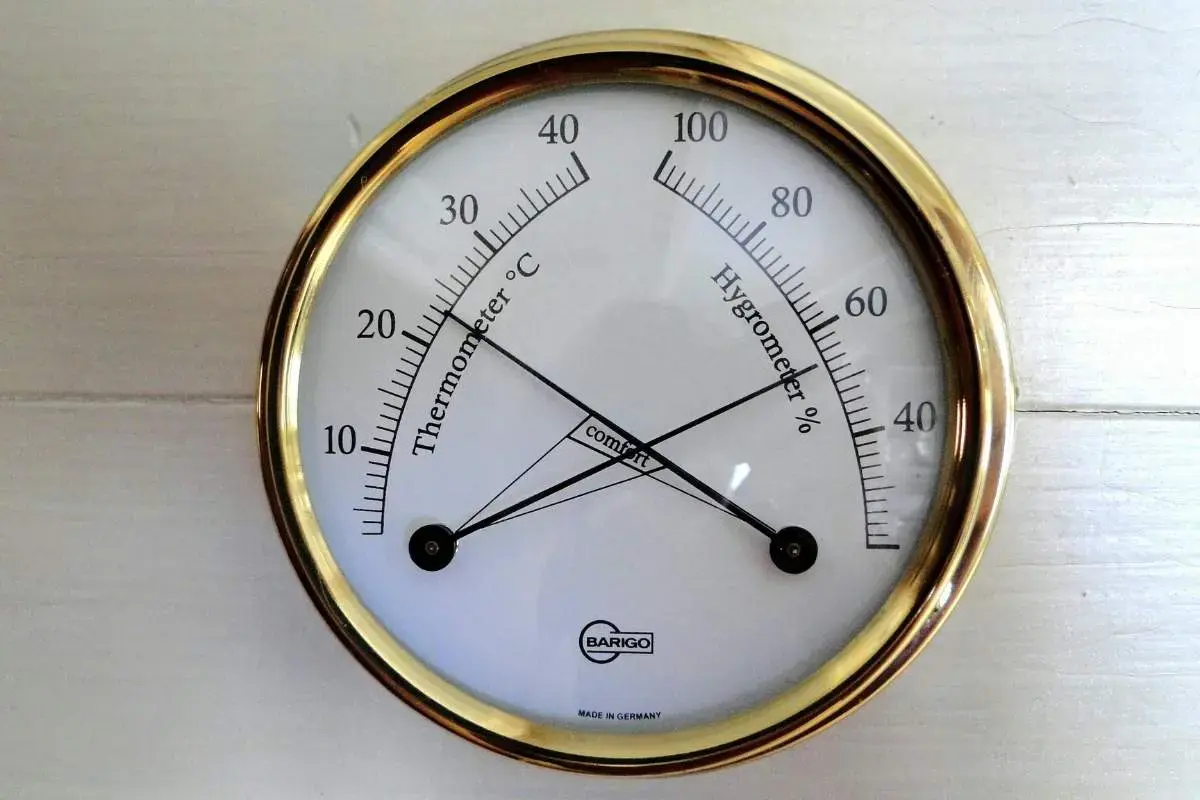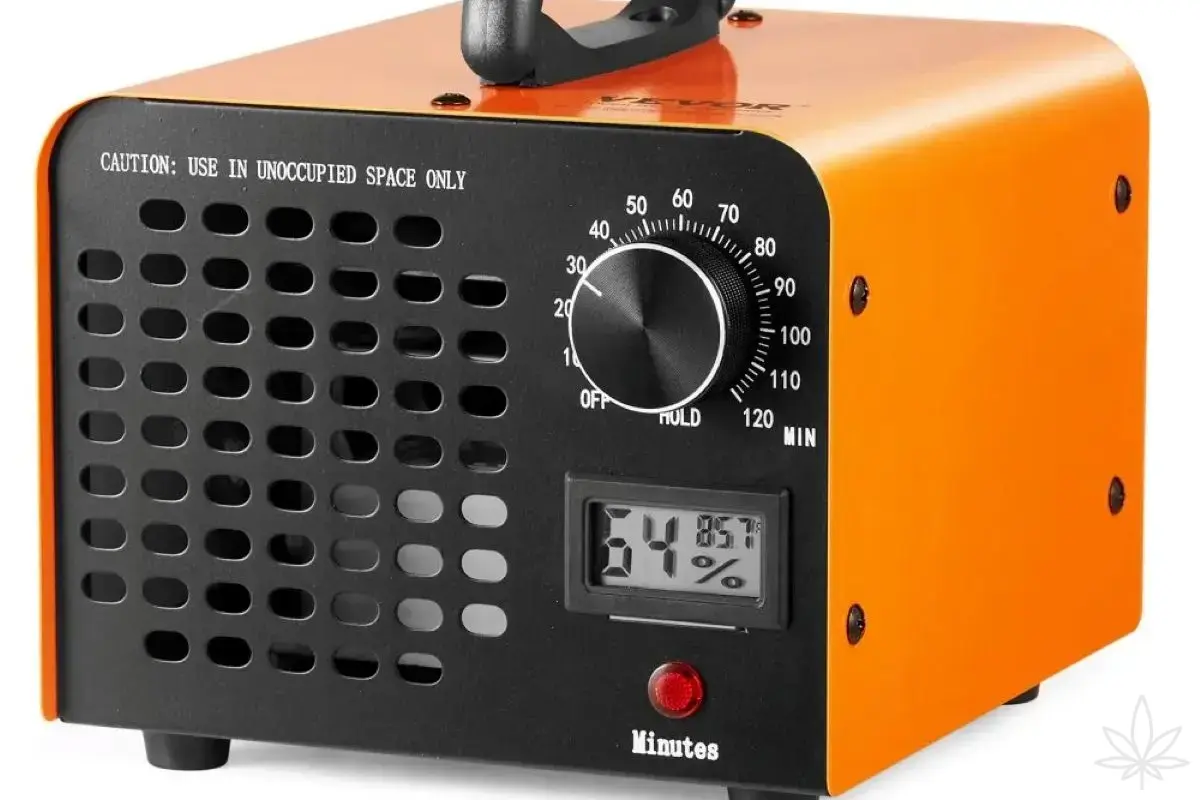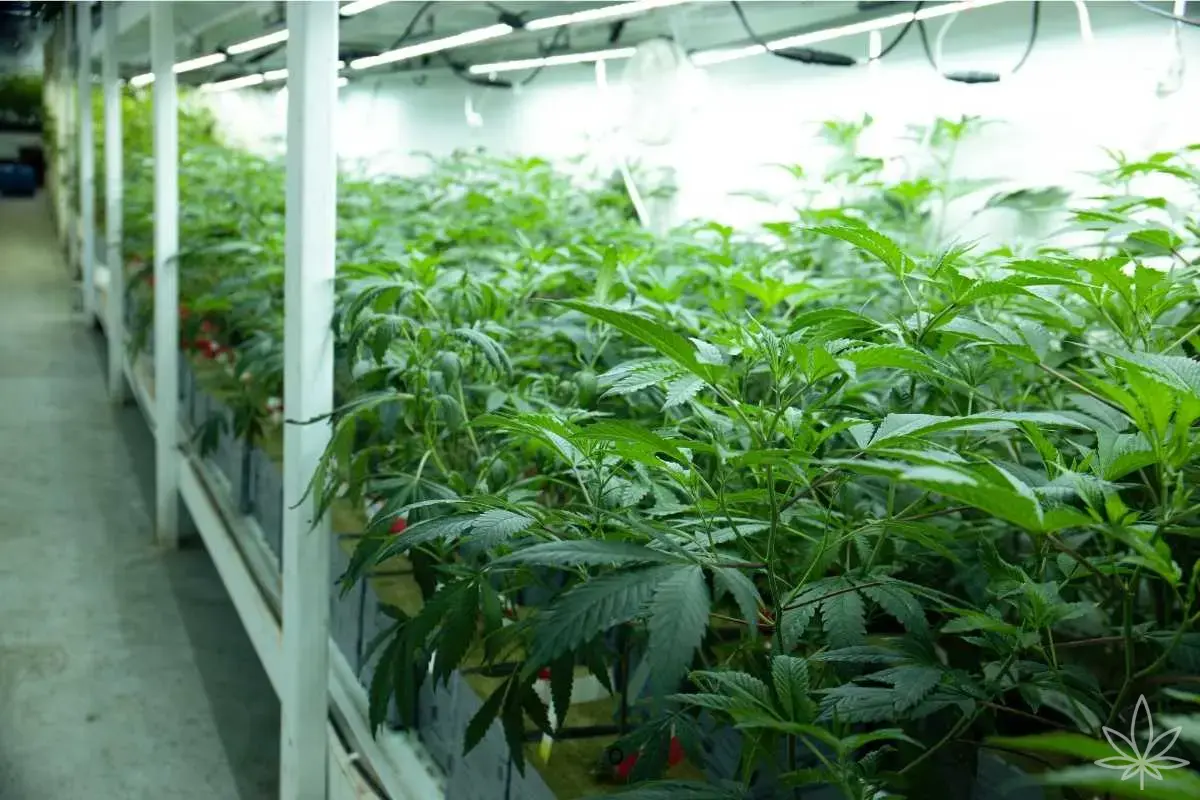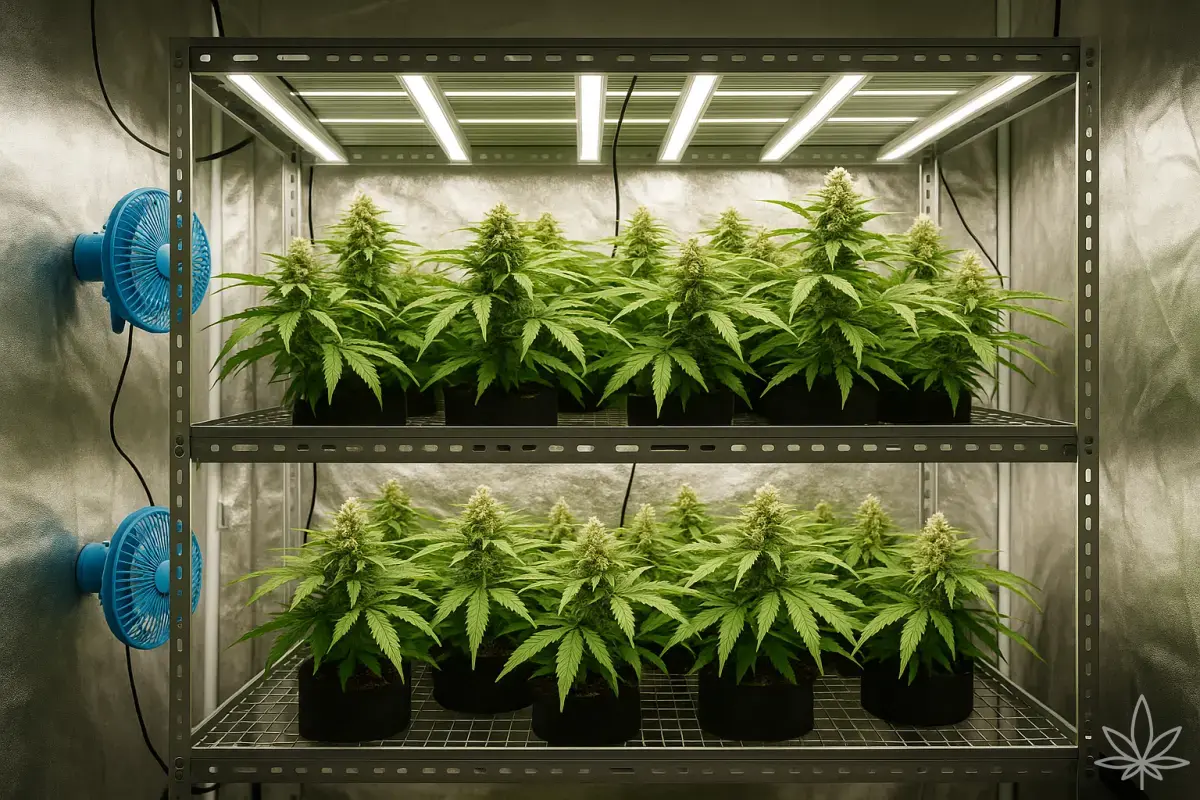VPD (Vapour Pressure Deficit) is the simplest metric that ties together temperature, humidity and how the plant drinks/transpires. Good VPD = steady growth, turgid leaves, fast nutrient uptake and less mold. Below you’ve got ready ranges, an RH→kPa table, a leaf-temperature correction (LED vs HPS) and real tent settings.
Table of contents
- TL;DR / Quick start
- Target VPD ranges (veg/flower)
- “Set RH, hit VPD” table
- LED/HPS correction (leaf temperature)
- Real-life settings (small/medium tent)
- How to calculate VPD in 10 seconds
- Most common mistakes + quick fixes
- FAQ
- Checklists
TL;DR / Quick start
- Vegetative: aim for 0.8–1.2 kPa (vigorous growth, leaves packed with water).
- Flowering:1.2–1.6 kPa, and 1.4–1.8 kPa in late flower (drier flowers, lower mold risk).
- Set temperature first, then RH until you hit the VPD target.
- Under LED the leaf is often ~1 °C cooler than air → actual VPD is ~0.17–0.22 kPa lower than the chart. Under HPS often +1 °C → ~0.18–0.23 kPa higher.
Target VPD ranges (veg/flower)
- Clones/seedlings:0.6–0.9 kPa (high humidity, gentle conditions).
- Veg:0.8–1.2 kPa (balanced growth and uptake).
- Early flower (stretch):1.1–1.4 kPa.
- Mid/late flower:1.4–1.8 kPa (firmer conditions, drier buds).
Stability matters more than chasing the absolute top values.
“Set RH, hit VPD” table
Assume leaf temp ≈ air temp (see the next section for correction). Find your air temperature, pick a VPD target and set RH:
| Air temp. | RH for 0.9 kPa (veg) | RH for 1.2 kPa (veg/flower) | RH for 1.5 kPa (flower) |
|---|---|---|---|
| 20 °C | 61.5% | 48.7% | 35.8% |
| 22 °C | 66.0% | 54.6% | 43.3% |
| 24 °C | 69.8% | 59.8% | 49.7% |
| 26 °C | 73.2% | 64.3% | 55.4% |
| 28 °C | 76.2% | 68.3% | 60.3% |
How to use it? Example: you’ve got 24 °C and target 1.5 kPa in bloom → set ~50% RH. If you miss, adjust humidity first, then temperature by 1–2 °C.
LED/HPS correction (leaf temperature)
VPD should be based on leaf temperature, not just room air.
- LED: leaf often ~1 °C cooler → from the table value subtract ~0.17–0.22 kPa (warmer rooms need the larger correction).
- HPS: leaf often ~1 °C warmer → add ~0.18–0.23 kPa.
Tip: a cheap IR thermometer shows leaf–air delta in a second.
Real-life settings (small/medium tent)
Setup A — 60×60×160 cm, LED 150 W
- Veg (target ~1.1 kPa): 24 °C, 60% RH → chart ~1.2 kPa; LED (leaf ~23 °C) ≈ ~1.05 kPa.
Gear: ultrasonic humidifier + outlet controller (humidistat). - Mid flower (target ~1.5 kPa): 26 °C, 55% RH → ~1.5 kPa; LED correction ≈ ~1.33 kPa (fine — dense plants will “push” VPD up anyway).
- Late flower (target ~1.6–1.7 kPa): 24–25 °C, 45–50% RH.
Gear: small dehumidifier (200–500 ml/day) + exhaust control.
Setup B — 80×80×180 cm, HPS 250 W
- Veg: 24 °C, 55–60% RH → ~1.2 kPa; HPS (leaf ~25 °C) ≈ ~1.38 kPa — trim RH to 58–60% or drop temp to 23 °C to get back near 1.1–1.2 kPa.
- Flower: 25–26 °C, 45–50% RH → ~1.5–1.6 kPa; HPS correction adds ~0.18–0.20 kPa, so stick near 50% RH.
- Night: allow 2–3 °C drop, but ensure RH doesn’t spike >60% late in flower (if it does — dehumidifier overnight).
Rough budget (PLN):
humidifier 150–300, dehumidifier 500–1200, controller/humidistat 120–200, IR thermometer 60–120, T/RH sensor 20–50.
How to calculate VPD in 10 seconds
For quick math use VPD ≈ SVP(air) × (1 − RH/100), where SVP(air) is saturation vapor pressure at air temperature.
- Rule of thumb: raise temp → SVP rises → VPD rises (at constant RH).
- Second rule: raise RH → VPD drops (at constant temp).
For precision you’d use SVP(leaf), but in practice the table + LED/HPS correction is enough.
Most common mistakes + quick fixes
- Too low VPD (too humid): puffy leaves, slowed uptake, mold risk.
Fix: raise temp by 1–2 °C or drop RH by 5–10 pp (dehumidifier / stronger exhaust). - Too high VPD (too dry): leaf edges curl, plant burns through water.
Fix: raise RH by 5–10 pp (humidifier) or lower temp by 1–2 °C. - Night RH spike: lights off → temp drops → RH shoots up.
Fix: less humidifying late day, overnight dehumidifier, constant exhaust. - Ignoring leaf temperature: under LED you think you’re at 1.4 kPa but it’s ~1.2.
Fix: check with IR thermometer and correct as above.
FAQ
Do I need one “perfect” VPD the whole run?
No. Ramp it: lower for clones/veg, higher in bloom. Stability > perfection.
I only have a hygrometer and thermometer. Enough?
Yes — use the table and tweak slowly. An IR thermometer is a cheap upgrade.
Does CO₂ change my VPD target?
With elevated CO₂ (e.g., 800–1200 ppm) plants tolerate slightly higher VPD (especially in flower). Without enrichment, stick to standard ranges.
Is 40% RH too low in late flower?
Not if temperature is moderate. That’s high VPD — plants will drink faster; monitor irrigation and EC to avoid overdrying.
Checklists
Checklist — Hit your VPD target
- Set target VPD for the phase (e.g., 1.5 kPa in flower).
- Set day temperature (e.g., 26 °C).
- From the table set RH (e.g., 55%).
- Check leaf temp (IR), correct by ±0.2 kPa (LED/HPS).
- Log and keep daily stability.
Checklist — Gear & control
- Humidifier/dehumidifier on a humidistat.
- Exhaust and fans positioned to avoid direct leaf cooling.
- Night: manage RH spike (dehumidifier/exhaust).
- Log T/RH once daily; change in small steps.







